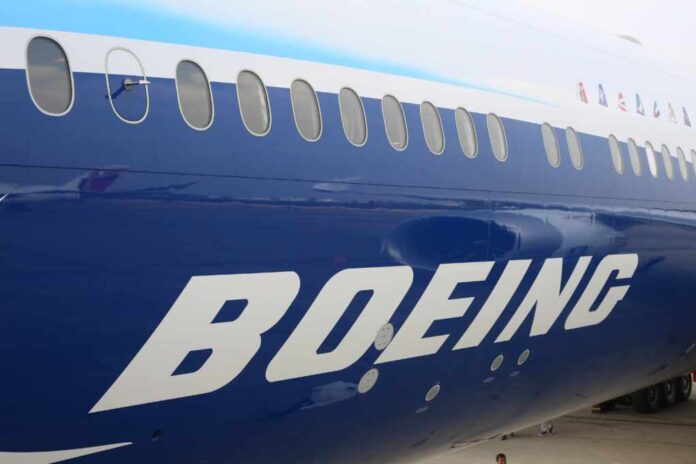
As the world anxiously awaits the crucial preliminary report on the Air India crash, the investigation’s revelations are poised to reshape global aviation safety standards.
At a Glance
- Air India Flight AI171 crashed shortly after takeoff, killing at least 275 people.
- The investigation is being led by India’s Aircraft Accident Investigation Bureau.
- A preliminary report is expected by July 11, 2025.
- The report could influence future air travel safety measures.
Tragic Accident Details
Air India Flight AI171, a Boeing 787-8 Dreamliner, tragically crashed on June 12, 2025, just 32 seconds after taking off from Ahmedabad’s Sardar Vallabhbhai Patel International Airport. The accident resulted in at least 275 fatalities, including 241 passengers and crew, and 34 people on the ground as it collided with B.J. Medical College.
#Breaking Air India plane AI171 crashed into Medical College in Ahmedabad – photos from crash site
THE PLANE WAS UNABLE TO KNOCK DOWN DOUBLE STOREY BRICK HOUSE BUT IN NEW YORK (9/11) KNOCKED THE CONCREATE SKYSCREAPER WITH REINFORCED STEEL?
FUCK OFF!!! pic.twitter.com/o4YwiMbzXu
— Jack Straw (@JackStr42679640) June 12, 2025
Investigators from India’s Aircraft Accident Investigation Bureau (AAIB) are set to release a preliminary report by July 11, 2025. This document is a pivotal milestone in the investigation, more so for the grieving families and the global aviation community. It will outline potential causes of the crash, including human error or technical failure, serving as a foundation for understanding the tragedy.
Watch a report: Investigators Probe 7 Theories Behind the Deadly Air India Crash
Collaborative Investigative Efforts
The AAIB’s investigation, supported by the U.S. NTSB, the U.K. AAIB, and experts from Boeing and GE, marks a comprehensive international effort. Both black boxes were recovered, with data extraction starting on June 24, 2025. The initial investigation considers possible dual engine failure, improper configurations, or technical malfunctions, although bird strikes have been ruled out. The Directorate General of Civil Aviation (DGCA) has mandated enhanced inspections of Air India’s Boeing 787 fleet following the crash.
Potential Implications for Aviation Safety
The report, anticipated to be between four and five pages long, will provide a timeline of the flight’s final moments, including cockpit conversations, control inputs, system data, weather conditions, and air traffic control communications, naming the lead investigator and highlighting further analysis needs. While it does not provide the full story, it is a stepping stone to the comprehensive final report expected within 12 months to pinpoint the cause and inform preventive measures.
India’s aviation safety measures come under harsh scrutiny given the terrible disaster, deemed the worst in a decade. Thorough examinations of routine maintenance practices and defect rectification in Air India’s fleet have uncovered recurring issues. If the preliminary report indicates, new operational procedures and stricter inspection guidelines may become a reality, ensuring such a tragedy does not repeat.

























